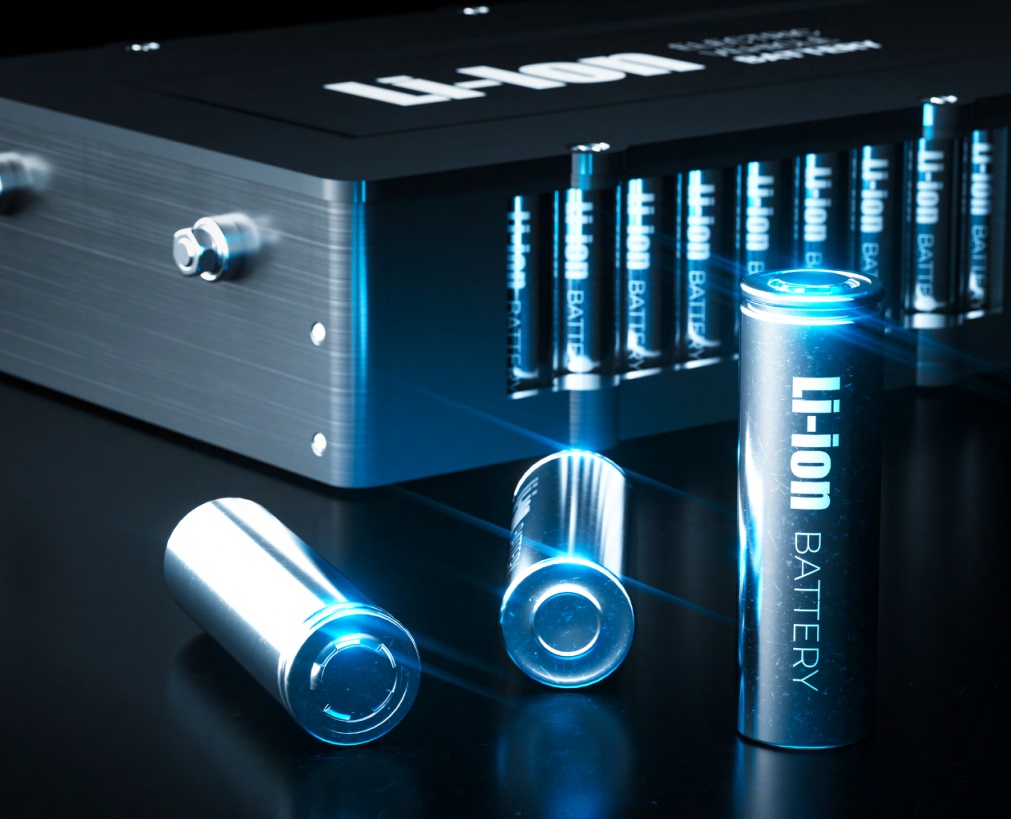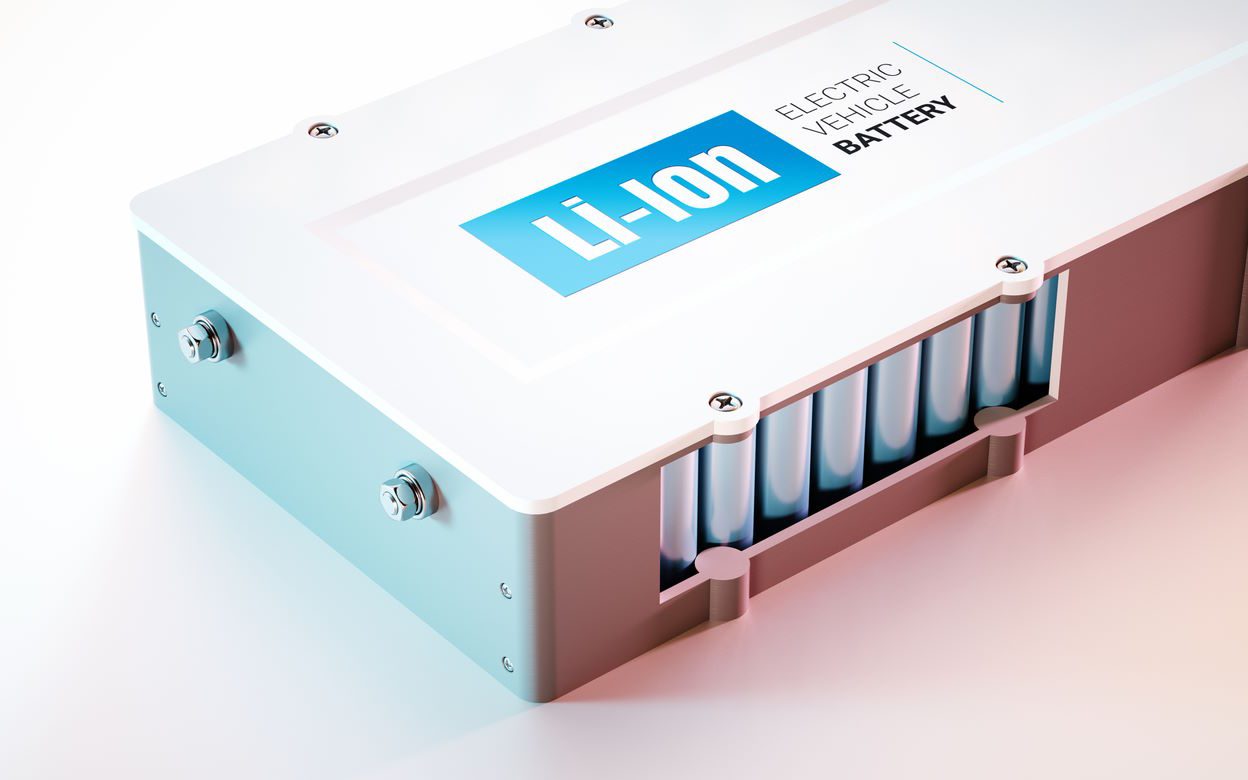The evolution of technology has been accompanied by the rise of lithium batteries, becoming the powerhouse behind numerous innovations. In this article, we will explore the various applications that have made lithium batteries an indispensable part of our modern world.

l Anode: Typically made of graphite, it stores lithium ions during discharging.
l Cathode: Composed of metal oxide, it receives the lithium ions during discharging.
l Separator: A permeable membrane that prevents direct contact between the anode and cathode, facilitating ion movement.
l Electrolyte: A lithium salt in a solvent that conducts ions between the anode and cathode.
l Charge Cycle: During charging, lithium ions move from the cathode to the anode through the electrolyte.
l Discharge Cycle: During discharging, the lithium ions move from the anode to the cathode, generating electrical energy.
l Reversible Process: The cycle of charging and discharging is reversible, allowing for multiple cycles of use.
l High energy density, providing more power in a compact size.
l Low self-discharge rate, allowing for longer storage periods.
l Wide range of applications due to versatility.
l Limited cycle life with a gradual capacity decrease over time.
l Risk of thermal runaway under certain conditions.
l Higher manufacturing costs compared to other battery types.
1. Flexible Form Factor: Lithium polymer batteries use a gel-like or solid electrolyte, allowing for a flexible and thin design.
2. Improved Energy Density: Due to the absence of a rigid casing, lithium polymer batteries can be more space-efficient than traditional lithium-ion batteries.
3. Enhanced Safety: The use of a polymer electrolyte reduces the risk of leakage and thermal runaway.
1. Consumer Electronics: Lithium polymer batteries are commonly used in slim and lightweight devices such as smartphones, tablets, and ultrabooks.
2. Wearable Technology: The flexibility and lightness of lithium polymer batteries make them ideal for wearables, ensuring comfort and durability.
3. High-Capacity Applications: These batteries are suitable for high-capacity applications where space and weight are critical factors.
1. Flexibility: Lithium polymer batteries offer more design flexibility, allowing for unconventional shapes and sizes.
2. Energy Density: While lithium polymer batteries can have similar energy density to lithium-ion batteries, their flexibility often makes them a preferred choice in specific applications.
3. Manufacturing Costs: Lithium polymer batteries can be more expensive to manufacture due to the specialized processes required.
Understanding the intricacies of these lithium battery types provides insights into their diverse applications and helps in selecting the most suitable technology for specific use cases.
Definition: High energy density refers to the amount of energy stored per unit of volume or weight.
Significance: Lithium batteries have one of the highest energy densities among commonly used battery types.
Applications:
1. Enables the design of compact and lightweight electronic devices.
2. Critical for electric vehicles, providing longer driving ranges without significantly increasing weight.
3. Essential for portable and wearable devices, offering extended usage between charges.
Weight Considerations: Lithium batteries are significantly lighter than traditional battery technologies, such as lead-acid batteries.
Space Efficiency: The compact design of lithium batteries allows for efficient use of space, making them ideal for devices with limited physical dimensions.
1. Dominant in consumer electronics, ensuring slim and portable devices.
2. Pivotal in the aviation industry, reducing overall aircraft weight and enhancing fuel efficiency.
3. Enables the development of lightweight electric vehicles, contributing to increased efficiency and range.
Definition: Cycle life refers to the number of charge and discharge cycles a battery can undergo before its capacity significantly degrades.
Durability: Lithium batteries generally exhibit a longer cycle life compared to other rechargeable batteries.

1. Critical for electric vehicles, ensuring a prolonged lifespan and economic viability.
2. Enhances the reliability of renewable energy storage systems by reducing the need for frequent replacements.
3. Important for consumer electronics, providing users with a more durable and long-lasting power source.
4. Low Self-Discharge Rate:
Definition: Self-discharge is the rate at which a battery loses its charge when not in use.
Low Discharge Advantage: Lithium batteries have a low self-discharge rate, allowing them to retain their charge for extended periods.
l Ideal for emergency backup power systems, ensuring readiness when needed.
l Ensures that devices like medical implants and remote sensors remain operational over extended periods.
l Reduces the frequency of recharging for consumer electronics, enhancing user convenience.
Understanding these key properties underscores the significance of lithium batteries in powering a wide range of applications, from small portable devices to large-scale energy storage solutions. The combination of high energy density, lightweight design, long cycle life, and low self-discharge rate positions lithium batteries as a versatile and reliable energy storage solution in the modern world.
Smartphones and Tablets:
l High Energy Density: Lithium batteries power the compact and energy-demanding devices, ensuring longer usage between charges.
l Quick Charge Technology: Advancements in lithium battery technology support fast-charging capabilities, enhancing user convenience.
l Durability: The long cycle life of lithium batteries contributes to the overall longevity of smartphones and tablets.
Laptops and Notebooks:
l Portability: Lithium batteries enable the design of slim and lightweight laptops, enhancing portability.
l Energy Efficiency: The high energy density of lithium batteries supports extended usage on a single charge.
l Power Management: Advanced power management features contribute to optimizing battery life and performance.
Wearable Devices:
l Compact Design: Lithium polymer batteries, in particular, are favored for wearables due to their flexibility and compact size.
l Low Weight: Lightweight lithium batteries enhance user comfort in wearable devices.
l Longevity: The long cycle life and low self-discharge rate ensure prolonged usage in wearables without frequent recharging.
Electric Cars:
l High Energy Density: Lithium-ion batteries power electric vehicles, providing a balance between energy density and weight.
l Fast Charging: Ongoing advancements in lithium battery technology contribute to faster-charging capabilities for electric cars.
l Range Extension: The high energy density allows electric cars to cover longer distances on a single charge.
Electric Bikes and Scooters:
l Compact Size: Lithium batteries enable the development of compact and lightweight electric bikes and scooters.
l Quick Recharge: Fast-charging capabilities contribute to shorter charging times for increased convenience.
l Sustainability: The environmental benefits of lithium batteries align with the eco-friendly image of electric bikes and scooters.
Emerging Trends in EV Technology:
l Solid-State Batteries: Ongoing research explores the integration of solid-state technology for improved safety and energy density.
l Increased Energy Density: Efforts to enhance energy density aim to extend the range of electric vehicles.
l Integration with Renewable Energy: The synergy between electric vehicles and renewable energy sources is gaining attention for sustainable transportation.
Grid-Scale Energy Storage:
l Stabilizing the Grid: Lithium batteries contribute to balancing energy supply and demand in the grid.
l Rapid Response: The ability of lithium batteries to provide rapid response aids in managing fluctuations in renewable energy production.
l Integration with Renewable Sources: Lithium batteries support the storage of energy generated from intermittent renewable sources like wind and solar.
Residential Solar Power Systems:
l Energy Storage for Off-Peak Usage: Lithium batteries store excess energy generated during daylight hours for use during peak demand or at night.
l Backup Power: Provides homeowners with a reliable backup power source during grid outages.
l Scalability: Modular designs allow homeowners to scale their energy storage capacity based on evolving energy needs.
Off-Grid Applications:
l Remote Power Solutions: Lithium batteries power off-grid applications such as remote telecommunications towers, weather stations, and rural electrification projects.
l Portability: Off-grid equipment like camping gear and portable power stations benefit from the lightweight and portable nature of lithium batteries.
l Reliability: The long cycle life and low self-discharge rate contribute to the reliability of off-grid power systems.
Implantable Medical Devices:
l Long Battery Life: Lithium batteries, with their long cycle life, are crucial for implantable medical devices that require a stable power source over an extended period.
l Compact Size: Small and lightweight lithium batteries are ideal for implantable devices where size is a critical factor.
l Safety Features: Advanced safety features in lithium batteries enhance their suitability for medical implants.
Portable Medical Equipment:
l Mobility: Lithium batteries power portable medical devices, allowing healthcare professionals to perform diagnostics and treatments outside traditional clinical settings.
l Quick Recharge: Fast-charging capabilities contribute to efficient use in emergency situations.
l Patient Monitoring Devices: Lithium batteries play a vital role in devices used for continuous patient monitoring, providing reliable and long-lasting power.
Satellites and Spacecraft:
l Weight Efficiency: Lithium batteries offer a high energy-to-weight ratio, making them ideal for space applications where weight is a critical factor.
l Long Cycle Life: The durability of lithium batteries ensures a reliable power source for extended space missions.
l High Energy Density: Critical for providing power to satellite systems where space is limited.
Military Applications:
l Portable Power: Lithium batteries power a range of portable military equipment, from communication devices to night vision goggles.
l Vehicle Propulsion: The lightweight and high energy density of lithium batteries contribute to the development of electric and hybrid military vehicles.
l Drones and Unmanned Systems: Lithium batteries are essential for the reliable and prolonged operation of unmanned aerial vehicles and ground systems.
Understanding the diverse applications of lithium batteries highlights their transformative impact across various industries, driving innovation, sustainability, and technological advancement.
l Research and Development in Lithium Battery Technology: Exploring the ongoing efforts to enhance lithium battery performance.
l Recent Breakthroughs and Discoveries: Highlighting the latest achievements in lithium battery technology.
l Future Trends and Prospects: Discussing what the future holds for lithium batteries and potential breakthroughs.
l Recycling and Disposal Challenges: Addressing the environmental concerns associated with lithium battery disposal.
l Sustainable Practices in Lithium Battery Production: Examining efforts to make lithium battery production more environmentally friendly.
l Environmental Regulations and Compliance: Discussing the role of regulations in ensuring responsible lithium battery manufacturing and disposal practices.
Summary of Key Points: Recapping the essential insights into lithium battery applications.
Future Outlook for Lithium Battery Applications: Offering perspectives on the continued evolution of lithium battery technology.
Final Thoughts on the Role of Lithium Batteries in Modern Society: Reflecting on how lithium batteries have transformed and continue to shape our technological landscape.

扫码关注
We use cookies to understand how our audience uses our site.
Renon Power websites use cookies to deliver and improve the website experience. See our cookie policy for further details on how we use cookies. Privacy Policy